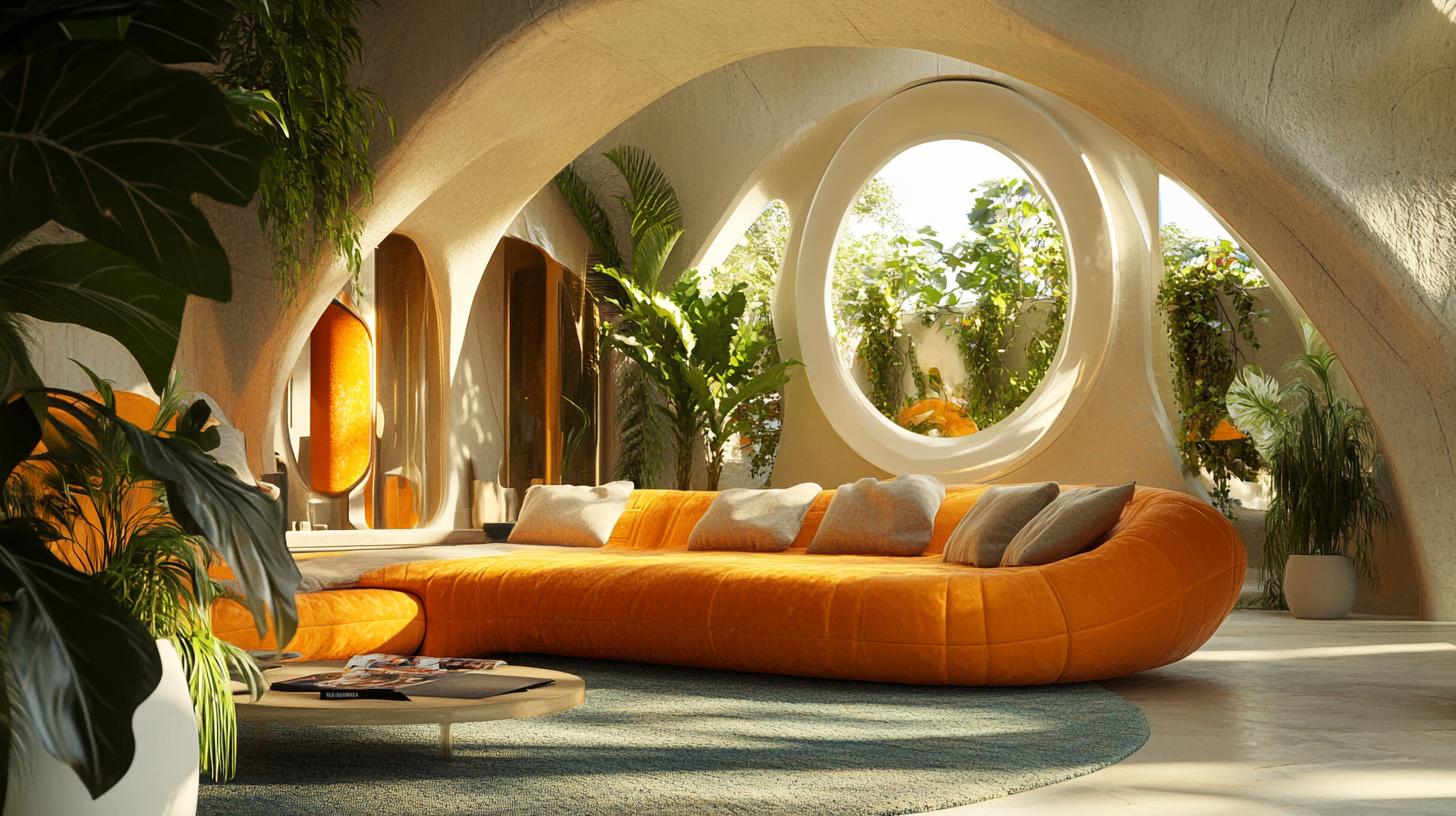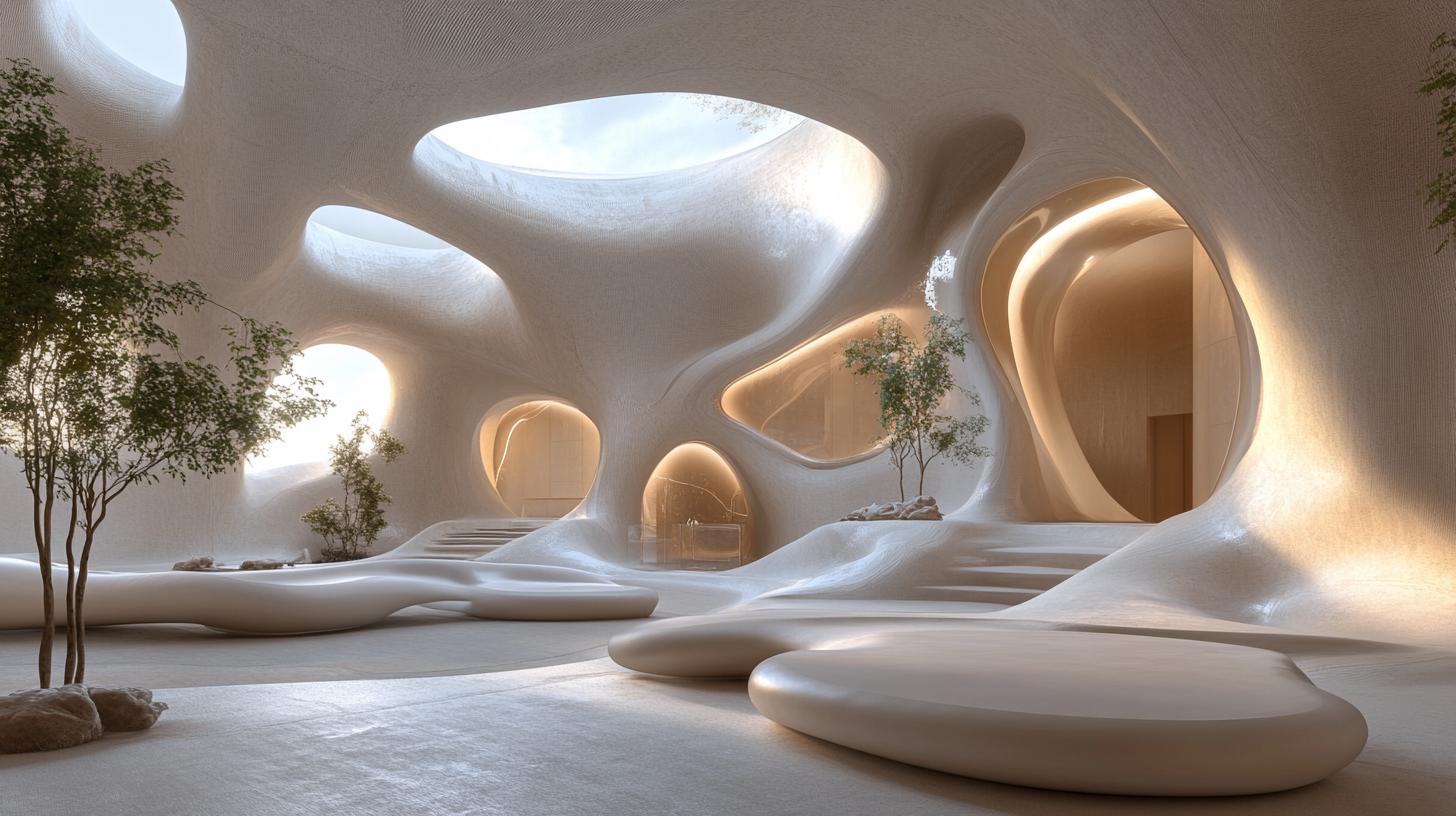Biomimetic Design: Nature’s Blueprint for Innovative Spaces in 2025
Biomimetic design represents a revolutionary approach to creating living spaces that are not just aesthetically pleasing, but fundamentally intelligent and sustainable. By studying nature’s time-tested patterns and strategies, designers are developing incredible solutions that enhance our home environments!

At its core, biomimetic design strategies involve observing and replicating biological systems’ remarkable efficiency. Imagine walls that regulate temperature like termite mounds, or surfaces that clean themselves similar to lotus leaves. These aren’t science fiction fantasies—they’re emerging design realities!
Understanding Biomimetic Design Principles
Nature has been engineering solutions for millions of years, and we’re just beginning to decode its incredible wisdom. Some key principles include:
- Adaptive structures that respond to environmental changes
- Resource-efficient material usage
- Self-healing and regenerative capabilities
- Minimalistic yet robust design approaches
Our homes can become living, breathing ecosystems that interact intelligently with their surroundings. By studying how plants and animals solve complex challenges, architects and designers are creating spaces that are more sustainable, comfortable, and harmonious.

Practical Applications of Biomimetic Design in Modern Homes
Implementing biomimetic design strategies isn’t just about aesthetics—it’s about creating functional, responsive living environments. Advanced materials like self-cleaning surfaces, temperature-regulating textiles, and structures inspired by natural geometries are transforming how we think about home design.
Materials Inspired by Nature
Consider materials that mimic shark skin’s remarkable antibacterial properties or butterfly wings’ color-changing capabilities. These innovations aren’t just scientifically fascinating—they’re practical solutions for creating healthier, more adaptable living spaces.
Energy and Environmental Efficiency
Biomimetic strategies can dramatically reduce energy consumption. Buildings modeled after termite mounds can maintain consistent internal temperatures with minimal external energy input. Imagine homes that breathe, adapt, and self-regulate—that’s the promise of biomimetic design!
Pro Tips for Incorporating Biomimetic Design:
- Start with observing natural systems in your local environment
- Choose materials with inherent adaptive properties
- Prioritize designs that enhance environmental interaction
- Consider multi-functional design elements
As we move into 2025, biomimetic design isn’t just a trend—it’s a fundamental reimagining of how we create and inhabit spaces. By learning from nature’s 3.8 billion years of engineering experience, we’re developing homes that are more intelligent, sustainable, and deeply connected to our environment.




